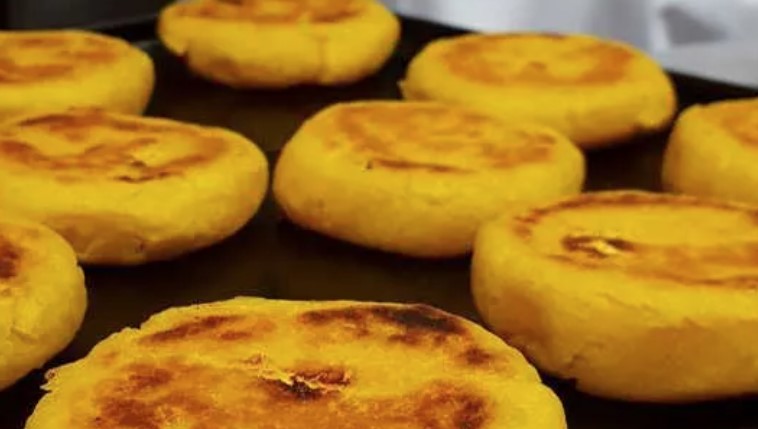Introduction: Ecuadorian Cuisine and the Amazon Rainforest
Ecuadorian cuisine is a diverse and flavorful combination of indigenous, Spanish, and African influences. Located in the heart of South America, Ecuador is also home to a vast rainforest region known as the Amazon. The Amazon rainforest is a treasure trove of unique ingredients and flavors that have influenced the local cuisine. In this article, we explore the presence of Amazonian influences in Ecuadorian dishes and how they have shaped the country’s culinary identity.
The Amazon Rainforest: A Culinary Treasure Trove
The Amazon rainforest is one of the most biodiverse regions on the planet, with an abundance of flora and fauna. Its rivers, forests, and soils provide a range of ingredients that have been used in traditional Amazonian cuisine for centuries. These include fruits like acai, camu camu, and murici, as well as nuts, seeds, and herbs such as Brazil nuts, cacao, and annatto. The Amazon is also home to a variety of freshwater fish, including piranha, catfish, and tambaqui, which are staples in Amazonian diets.
Indigenous Influence on Ecuadorian Cuisine
The indigenous people of Ecuador, including the Quechua and the Shuar, have a deep connection to the Amazon rainforest and its culinary offerings. They have been using these ingredients in their traditional dishes for generations, and their influence can be seen in many Ecuadorian recipes. For example, a popular Ecuadorian soup called caldo de bolas includes a filling of meat, vegetables, and spices wrapped in a dough made from yuca, a root vegetable commonly found in the Amazon. Another dish, locro de papas, features potatoes and fresh cheese in a broth made with herbs like cilantro and huacatay, which are commonly used in Amazonian cooking.
Amazonian Ingredients in Ecuadorian Dishes
Many Ecuadorian dishes incorporate ingredients from the Amazon, giving them a unique flavor profile. One such ingredient is chontacuro, a type of palm worm that is often grilled and served as a snack or used in soups and stews. Another ingredient is the yucca root, which is used to make a variety of dishes including empanadas, a type of pastry filled with meat, vegetables, and spices. Other popular Amazonian ingredients in Ecuadorian cuisine include plantains, cassava, and tree tomatoes.
Traditional Amazonian Dishes in Ecuador
Ecuadorian cuisine has also been influenced by traditional Amazonian dishes, which have become popular across the country. One such dish is maito, which involves wrapping fish or meat in a leaf and grilling it over an open flame. Another is ceviche de chontaduro, a type of ceviche made with chontaduro, a fruit found in the Amazon that has a tart and tangy flavor. Additionally, tacacho is a dish made from mashed plantains, pork rinds, and an herb called cecina, which is used in many traditional Amazonian recipes.
Fusion: Amazonian and Andean Cuisines
In recent years, there has been a trend towards fusion cuisine in Ecuador, which blends traditional Amazonian and Andean ingredients and cooking techniques. One example is guinea pig stuffed with cacao, a dish that combines indigenous Andean ingredients with the cacao grown in the Amazon. Another example is churrasco con tacacho, a dish that combines grilled steak with mashed plantains and cecina, an herb used in traditional Amazonian cooking.
Ecuadorian Restaurants with Amazonian Flavors
Several restaurants in Ecuador now specialize in Amazonian cuisine, offering visitors a chance to taste the unique flavors of the region. In Quito, the capital city, Zazu offers a menu that includes dishes like piranha soup and maito de guayusa, a dish made with guayusa leaves, an Amazonian plant that is caffeinated. Another popular restaurant is El Pobre Diablo, which serves an array of Amazonian dishes including sango, a soup made with fish and banana.
Conclusion: Exploring Ecuador’s Amazonian Culinary Delights
Ecuadorian cuisine is a rich and diverse combination of indigenous, Spanish, and African influences, with a strong presence of Amazonian ingredients and flavors. The Amazon rainforest provides a treasure trove of unique ingredients that have been used in traditional Amazonian cuisine for generations. Today, many Ecuadorian dishes incorporate these ingredients, and there has been a trend towards fusion cuisine that blends Amazonian and Andean ingredients and cooking techniques. Visitors to Ecuador can explore the country’s culinary delights in restaurants that specialize in Amazonian cuisine, offering a unique glimpse into the country’s rich culinary heritage.

